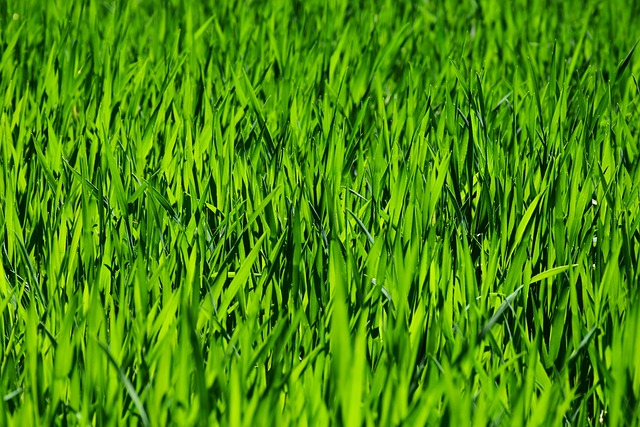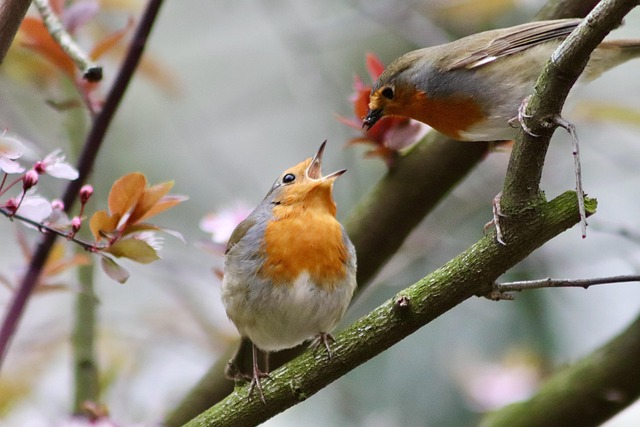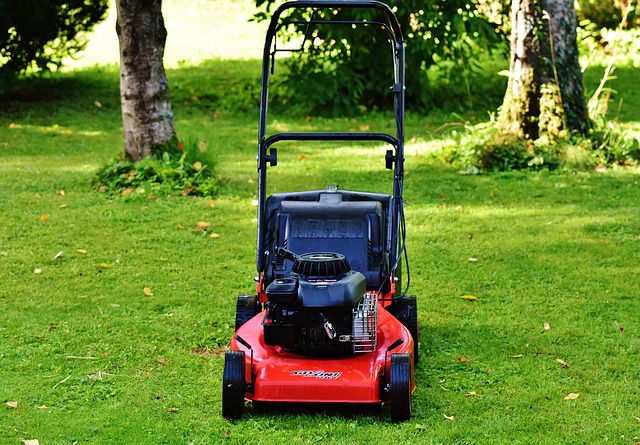Lawn fertilization and weed control are essential components of Lawn Care and Landscaping. Providing the right balance of macronutrients (NPK) promotes lush grass growth, while strategic weed management prevents invasive species. Combining these practices enhances lawn health, improves turf quality, strengthens roots, and contributes to a visually appealing landscape. This integrated approach offers benefits like better water infiltration, enhanced soil structure, reduced pest issues, sustainable water usage, and minimal chemical applications, ultimately creating a resilient and inviting outdoor space.
Lawn fertilization and weed control are essential components of any comprehensive lawn care and landscaping strategy. A healthy, vibrant lawn not only enhances your outdoor space but also contributes to the overall aesthetics of your property. In this article, we’ll guide you through understanding the science behind lawn fertilization, selecting the right nutrients, implementing effective weed control strategies, and integrating these practices for optimal lawn care and landscaping results.
- Understanding Lawn Fertilization: Choosing the Right Nutrients for a Healthy Grass
- Effective Weed Control Strategies: Preventing and Managing Unwanted Growth
- Integrating Fertilization and Weeding for Optimal Lawn Care and Landscaping Results
Understanding Lawn Fertilization: Choosing the Right Nutrients for a Healthy Grass

Lawn fertilization is an essential aspect of lawn care and landscaping, as it provides the necessary nutrients for grass to thrive. Understanding what and how much to feed your lawn is crucial for achieving a lush, green landscape. The key lies in selecting the right combination of nitrogen, phosphorus, and potassium (NPK), which are the primary macronutrients required by grasses. Nitrogen promotes leaf growth and greenness, while phosphorus supports root development and overall plant health, and potassium enhances disease resistance and tolerances stress.
When choosing a fertilizer, consider your lawn’s specific needs based on factors like grass type, climate, and soil conditions. Different fertilizers have varying NPK ratios, so reading labels carefully to match your lawn’s requirements is vital. For instance, slow-release fertilizers release nutrients gradually, ensuring a steady supply over time, which is ideal for maintaining a healthy lawn throughout the season. Regular fertilization, combined with proper watering and mowing practices, can significantly transform your lawn from mediocre to vibrant, showcasing the beauty of well-cared-for grass in your outdoor space.
Effective Weed Control Strategies: Preventing and Managing Unwanted Growth

Weed control is a vital aspect of lawn care and landscaping, ensuring your outdoor space remains a vibrant green oasis. Preventative measures are key; regular mowing at the correct height helps suppress weeds by preventing their seed dispersal. Additionally, applying a pre-emergent herbicide before weed seeds germinate can provide long-lasting control. These strategies are environmentally friendly as they target specific weeds without harming grass or beneficial plants.
For existing weeds, a combination of manual removal and targeted herbicides is effective. Dethatching your lawn reduces the soil’s density, allowing better penetration of herbicides. Spot-treating with post-emergent herbicides can eliminate stubborn weeds while minimizing environmental impact. Combining these strategies ensures a comprehensive approach to weed management, contributing to a healthier, more aesthetically pleasing lawn.
Integrating Fertilization and Weeding for Optimal Lawn Care and Landscaping Results

Integrating fertilization and weed control is a crucial strategy for achieving optimal lawn care and landscaping results. By combining these two essential practices, you create a healthy, vibrant lawn that not only enhances your outdoor space but also serves as a foundation for overall landscaping aesthetics. Fertilization provides necessary nutrients to promote grass growth, strengthen roots, and improve overall turf quality. Simultaneously, effective weed control prevents unwanted plants from competing for resources, ensuring the desired grass species flourishes.
This integrated approach offers numerous benefits, including improved water infiltration, enhanced soil structure, and reduced risk of pest infestations. Moreover, it contributes to a more sustainable lawn management system by minimizing the need for excessive water usage and chemical applications. The combination allows for a balanced ecosystem where healthy grass can better withstand environmental stressors, ultimately leading to a lush, inviting, and well-maintained landscape.
In conclusion, effective lawn care and landscaping rely on integrating proper fertilization and diligent weed control. By understanding your grass’s nutrient needs and implementing strategic management techniques, you can achieve a lush, weed-free yard. Combining these essential practices ensures optimal results, enhancing the overall health and aesthetics of your lawn.



